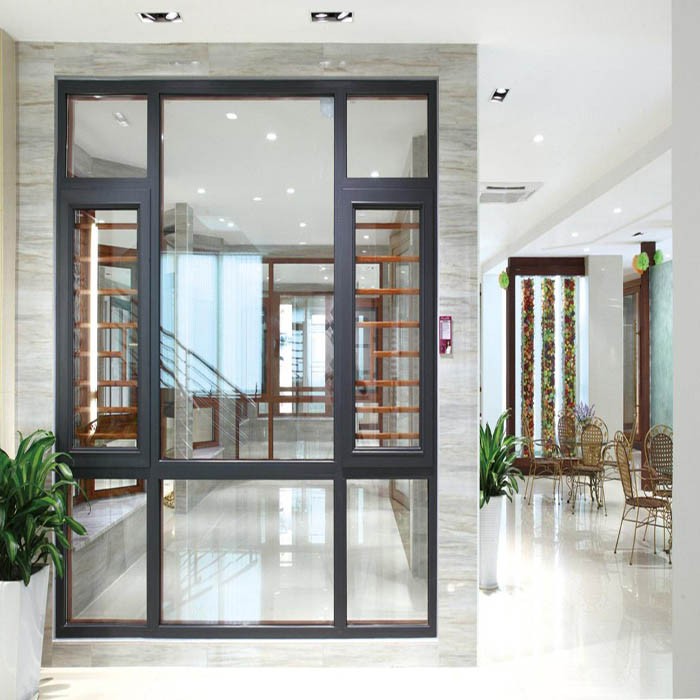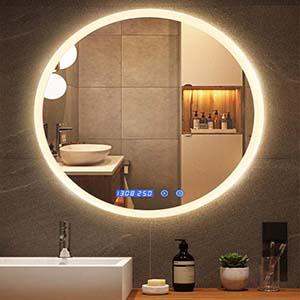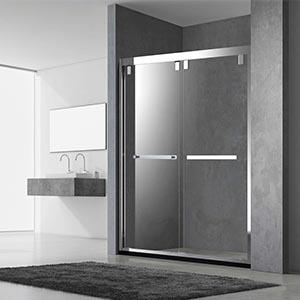Description

The Future of Home Automation: Smart Door and Window Control Systems
In the age of the Internet of Things (IoT), the integration of smart technology into everyday life has become increasingly prevalent. One of the most transformative areas within home automation is the development of smart door and window control systems. These systems are revolutionizing the way we manage our living spaces, offering enhanced security, convenience, and energy efficiency.
**Introduction to Smart Door and Window Control Systems**
Smart door and window control systems utilize advanced technologies to provide remote monitoring and control of entry points in a building. They combine hardware components, such as sensors, actuators, and controllers, with software applications that allow users to interact with their doors and windows from anywhere in the world.
**Key Features of Smart Door and Window Control Systems**
1. **Remote Control**: Users can open or close doors and windows, lock or unlock them, and adjust other settings remotely through a smartphone app or web interface.
2. **Automated Scheduling**: The system can be programmed to perform certain actions at specific times, such as opening blinds in the morning to let in natural light or closing them in the evening for privacy.
3. **Sensor Integration**: Integration with various sensors allows the system to respond to environmental changes, such as adjusting window openings based on temperature or humidity levels.
4. **Security Enhancements**: Advanced security features include motion detectors, glass break sensors, and the ability to receive alerts when doors or windows are opened unexpectedly.
5. **Energy Management**: Smart systems can optimize energy use by controlling the amount of sunlight and fresh air entering a building, reducing the need for artificial heating or cooling.
**Components of Smart Door and Window Control Systems**
1. **Controllers**: These are the central processing units that manage the operation of the system, interpreting inputs from sensors and user commands.
2. **Actuators**: These mechanical devices are responsible for the physical movement of doors, windows, blinds, and other components.
3. **Sensors**: Various types of sensors, such as motion, temperature, and light sensors, provide real-time data to the controllers.
4. **Communication Modules**: These enable the system to connect to the internet and communicate with users' devices.
5. **User Interface**: This can be a smartphone app, a web-based platform, or a dedicated control panel that allows users to interact with the system.
**Benefits of Smart Door and Window Control Systems**
1. **Enhanced Security**: With real-time monitoring and alerts, homeowners can keep a closer eye on their property and react quickly to any security breaches.
2. **Increased Convenience**: Remote control and automation eliminate the need for physical presence to operate doors and windows, making life more convenient.
3. **Energy Savings**: By optimizing natural light and ventilation, smart systems can significantly reduce energy consumption for heating and cooling.
4. **Customization**: Users can tailor the system to their preferences and lifestyle, creating a personalized living environment.
5. **Integration with Other Smart Home Devices**: Smart door and window systems can be integrated with other smart home devices, creating a seamless and interconnected smart home ecosystem.
**Challenges and Considerations**
1. **Cost**: The initial investment for a smart door and window control system can be high, especially for those with advanced features and integration capabilities.
2. **Compatibility**: Ensuring that the system is compatible with existing home automation platforms and other smart devices is crucial for seamless integration.
3. **Cybersecurity**: As with all IoT devices, smart door and window systems are susceptible to cybersecurity threats, requiring robust protection measures.
4. **User Privacy**: The collection and storage of data by these systems raise privacy concerns, necessitating transparent data handling policies.
**Future Developments**
The future of smart door and window control systems is likely to include further advancements in artificial intelligence (AI) and machine learning, allowing for even more personalized and predictive control. Integration with voice assistants and the development of more energy-efficient components will also be key areas of growth.
**Conclusion**
Smart door and window control systems represent a significant leap forward in home automation, offering a range of benefits from enhanced security to energy efficiency. As technology continues to evolve, these systems will become more sophisticated, affordable, and integrated into our daily lives. The key to successful implementation lies in understanding the needs of the user, selecting the right components, and ensuring robust security and privacy measures are in place.
This article provides an overview of smart door and window control systems, discussing their key features, components, benefits, and the challenges associated with their implementation. It also looks to the future, considering how these systems may develop and integrate further into the smart home landscape.
| Profile | Aluminum Alloy | Thermal-break/non-thermal-break |
| Thickness | 1.4mm for windows | |
| 2.0mm for doors | ||
| Surface Treatment | Customized | |
| (Powder-coated/Anodized/ | ||
| Electrophoresis/Fluorocarbon) | ||
| Color | Customized | |
| Glass | Type | Customized |
| (Lowe/Tempered/Reflective | ||
| Float/Laminated, etc.) | ||
| Glazed | Single/Double/Triple | |
| (for cold area and cyclone area) | ||
| Thickness | Single: 5mm-12mm | |
| Double: 5mm+6A+5mm/ | ||
| 5mm+9A+5mm | ||
| 6mm+9A+6mm,etc. | ||
| Low-E Double Glazing: | ||
| 5+12A+5 glass/6+12A+6 glass etc | ||
| Laminated Glass: | ||
| 4mm+0.38pvb+4mm | ||
| 6mm+0.76pvb+6mm,etc. | ||
| Color | Customized: | |
| Clear/ Tinted | ||
| (Grey/Blue/Light Green, etc.) | ||
| Hardware | Chinese Top Brand | |
| Sealant | EPDM, Silicone Sealant | |
| Other | Mosquito net/Stainless steel screen | |
| /Inside blinds/Grid, etc. | ||
Aluminum Window Details:
Frame:


Produce Process:
 English
English Russian
Russian





